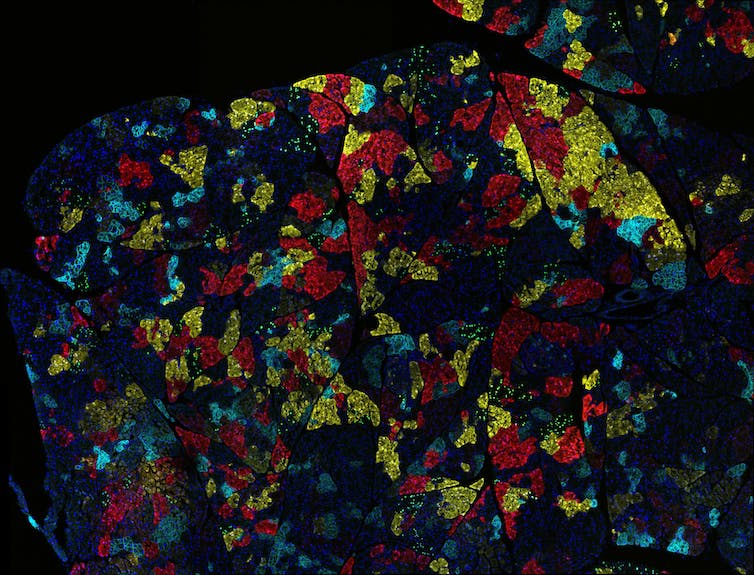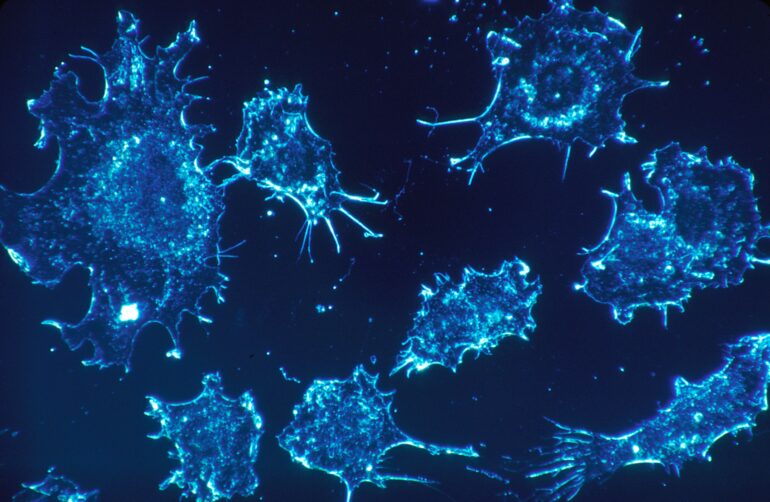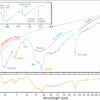How researchers conceptualize a disease informs how they treat it. Cancer is often described as uncontrollable cell growth triggered by genetic damage. But cancer can also be seen from angles that emphasize mathematics, evolutionary game theory and physics, among others.
Molecular biology has brought significant advances in making it possible to live with cancer as a chronic illness rather than a fatal disease. Alternative frameworks, however, can offer scientists additional insights on how to prevent tumors from spreading throughout the body and becoming resistant to treatment.
Here are a few unconventional lenses through which researchers are viewing cancer with fresh eyes, drawn from The Conversation’s archives.
1. Evolution and natural selection of cancer
The body is far from a wonderland for cells. Each individual cell competes against trillions of others for finite space and nutrients. If they’re able to cooperate in an orderly enough fashion, sharing resources and dividing labor, the collective functions effectively. Cancer cells, however, cheat the system: They hog resources, take up as much space as possible and refuse to die.
In this way, cancer can be thought of as an evolutionary disease – these are cells that have developed the genetic mutations to outcompete their neighbors, and subsequent cell generations inherit this survival advantage. Cancer cells benefit at the expense of the collective until the entire organism collapses.

Most tumors are made of many different kinds of cancer cells, as shown in this pancreatic cancer sample from a mouse.
Ravikanth Maddipati/Abramson Cancer Center at the University of Pennsylvania via National Cancer Institute
Oncologist Monika Joshi and pathologists Joshua Warrick and David DeGraff believe that understanding evolution is key to understanding cancer. Screening programs are effective, for example, because removing a nascent tumor is easier than treating one that has evolved the ability to spread. Cancer cells likewise become resistant to treatments because they’re pushed to further evolve to survive.
Some researchers are applying the principles of evolutionary game theory to reduce treatment resistance and optimize therapies for children.
“The fight against cancer is a fight against evolution, the fundamental process that has driven life on Earth since time immemorial,” they wrote. “This is not an easy fight, but medicine has made tremendous progress.”
À lire aussi :
Every cancer is unique – why different cancers require different treatments, and how evolution drives drug resistance
2. Fluid mechanics of cancer
As much as cancer is a disease that respects no boundaries, tumor cells are still shaped by their environment. Unlike healthy cells that take the hint when their presence isn’t wanted, however, tumor cells not only survive but thrive in stressful conditions. Isolated cancer cells…



